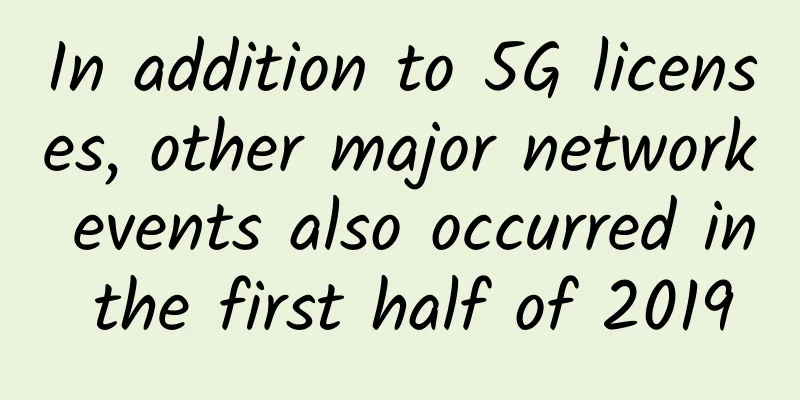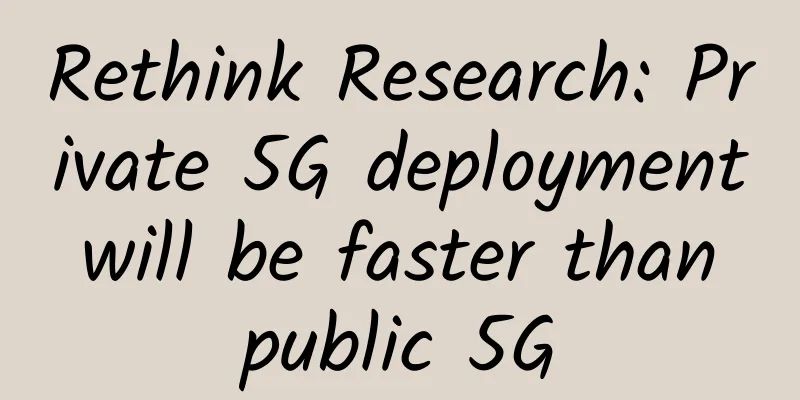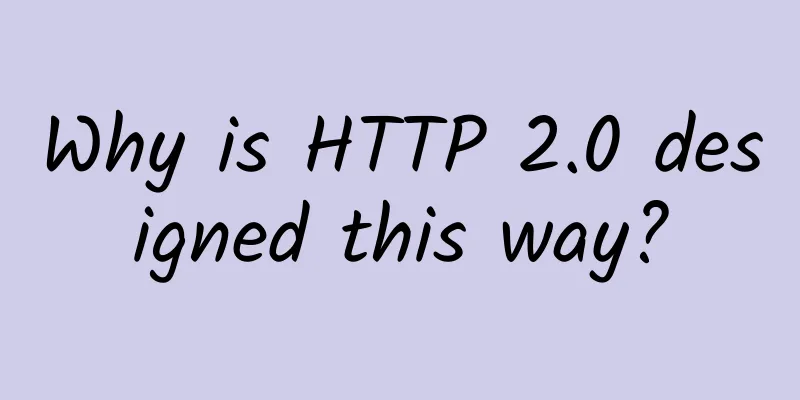Second wave of 5G: 30 countries launch services by 2023

|
New network deployments and enterprise momentum are expected to drive growth and a doubling of 5G connections by 2025. New data from GSMA Intelligence shows that technological innovation and new 5G network deployments are accelerating in more than 30 countries by 2023 alone, with 5G connections expected to double in the next two years. Of the new networks deployed in 2023, 15 are expected to be 5G standalone networks. GSMA Intelligence forecasts announced during MWC Barcelona 2023 indicate a significant period of growth in mobile users and enterprise adoption. Consumer connections surpass 1 billion at the end of 2022, rising to around 1.5 billion this year and reaching 2 billion by the end of 2025. This momentum confirms that 5G is the fastest generation to deploy compared to 3G and 4G. As of January 2023, there are 229 commercial 5G networks worldwide and more than 700 5G smartphones available to users. Opening up of emerging marketsGrowth will also come from key markets in APAC and Latin America, such as Brazil and India, which have recently launched 5G networks. India will be particularly important, with service expansions by Airtel and Jio expected to be key to continued adoption in the region in 2023. GSMA Intelligence predicts that by the end of 2025, India will have four 5G networks and 145 million new subscribers. Many of the new 5G markets planning to launch networks in 2023 are located in developing regions of Africa (including Ethiopia and Ghana) and Asia. Today, 5G adoption in Sub-Saharan Africa is less than 1%, but will exceed 4% by 2025 and reach 16% by 2030, largely due to joint efforts by industry and government organizations to connect citizens. “Up to now, 5G adoption has been driven by relatively mature markets and consumer use cases such as enhanced mobile broadband, but this is changing. We are now entering the second wave of 5G, and the technology will appeal to a diverse range of new markets and audiences,” said Peter Jarich, head of GSMA Intelligence. “Expansion into new use cases and markets will challenge the mobile ecosystem to demonstrate that 5G is indeed flexible enough to meet these diverse needs in an inclusive and innovative way.” The rise of 5G FWAAs of January 2023, more than 90 fixed broadband service providers (the vast majority of which are mobile operators) have launched commercial fixed wireless services based on 5G in more than 48 countries. This means that about 40% of 5G commercial mobile launches worldwide currently include FWA products. In the US, T-Mobile added more than 500,000 5G FWA customers in Q4 2021 and Q1 2022. By 2025, it expects to have 8 million FWA subscribers, while Verizon is targeting 5 million FWA subscribers in the same period. Moreover, with operators such as Jio announcing ambitions to connect more than 100 million homes in India to 5G FWA networks, FWA subscriber numbers look likely to grow significantly in the coming years. While the majority of current 5G FWA deployments are concentrated in the 3.5-3.8 GHz band, several operators around the world are already using 5G mmWave spectrum as a capacity and performance booster to complement the coverage provided by lower frequency bands. Only 7% of 5G launches to date have been in 5G mmWave spectrum, but this looks set to change given that 27% of spectrum allocations and 35% of trials are already using 5G mmWave bands. Furthermore, in 2023 alone, the industry will see an additional 10 countries allocated 5G mmWave spectrum – a significant increase from the 22 countries allocated to date. Spain received the first European 5G mmWave spectrum allocation this year, and Telefonica, Ericsson, and Qualcomm launched the first commercial 5G mmWave network at MWC Barcelona 2023. Enterprise IoT drives growthGSMA Intelligence data also shows that for operators, the enterprise market will be the main driver of 5G revenue growth over the next decade. Revenue from enterprise customers already accounts for about 30% of the average total revenue of major operators, and this proportion has the potential to increase further as the scale of enterprise digitalization expands. Edge computing and IoT technologies bring further opportunities to 5G, and 12% of operators have launched private wireless solutions - this figure will grow as the scope of IoT deployment expands in 2023. Another major development for the enterprise will be the commercial availability of 5G Advanced in 2025. Focusing on uplink technology, 5G Advanced will improve speed, coverage, mobility and energy efficiency, and support a new wave of business opportunities. The GSMA's Network Transformation Survey shows that half of operators expect to support 5G Advanced commercial networks within two years of its launch. While this may be optimistic, it provides the ecosystem with a clear opportunity to execute. |
>>: 20,000 words of detailed explanation! 32 classic questions about Netty!
Recommend
DediPath: 1Gbps unlimited traffic high-security server starting at $39/month, E3-1240v2/16GB/2TB/Los Angeles
It has been a few months since I shared informati...
What are honeypots, honey baits, honey tags, honeynets, honey farms... in network security?
As security practitioners, whether we are doing p...
PoE Troubleshooting Guide: Common Problems and Solutions
Power over Ethernet (PoE) is a revolutionary tech...
DogYun newly launched Korean independent server, E5/SSD+NVMe 300 yuan/month after discount, automatic listing
DogYun (Chinese name: 狗云) has launched a new batc...
The three major operators announced their operating data for October: the number of 5G package users exceeded 200 million
On November 23, the three major domestic operator...
Network Technology Outlook 2023: Virtual Networks Will Drive NaaS Development, Cloud-Hosted Security Options Will Explode
What are the most important things that enterpris...
5G unlocks new solutions for the medical industry
5G unlocks new solutions for the medical industry...
There are four major challenges in the development of 5G. The next 2-3 years will be a critical period for the development of 5G.
A total of more than 700,000 5G base stations hav...
V5.NET: Hong Kong CN2 server limited 30% off, dual-channel E5 monthly payment starts from 625 yuan
V5.NET is offering a limited promotion for the HK...
Kubernetes uses OkHttp client for network load balancing
During an internal Java service audit, we discove...
RackNerd: $17.88/year KVM-1.5GB/25GB/3TB/Los Angeles, Seattle, San Jose and other data centers
RackNerd is a foreign hosting company founded in ...
The second decade of cloud computing: How will the three major operators welcome it?
In 2018, my country's cloud computing entered...
Talk about Kerberos kinit command and ccache mechanism
1. Introduction Hello everyone, I recently encoun...
Zhang Ping, academician of the Chinese Academy of Engineering: 6G faces dimensional disaster
5G is developing in full swing. Currently, the nu...
Liu Liehong from the Ministry of Industry and Information Technology: Three suggestions to promote the development of 5G integrated applications
[[399809]] On May 17, at the "2021 World Tel...









